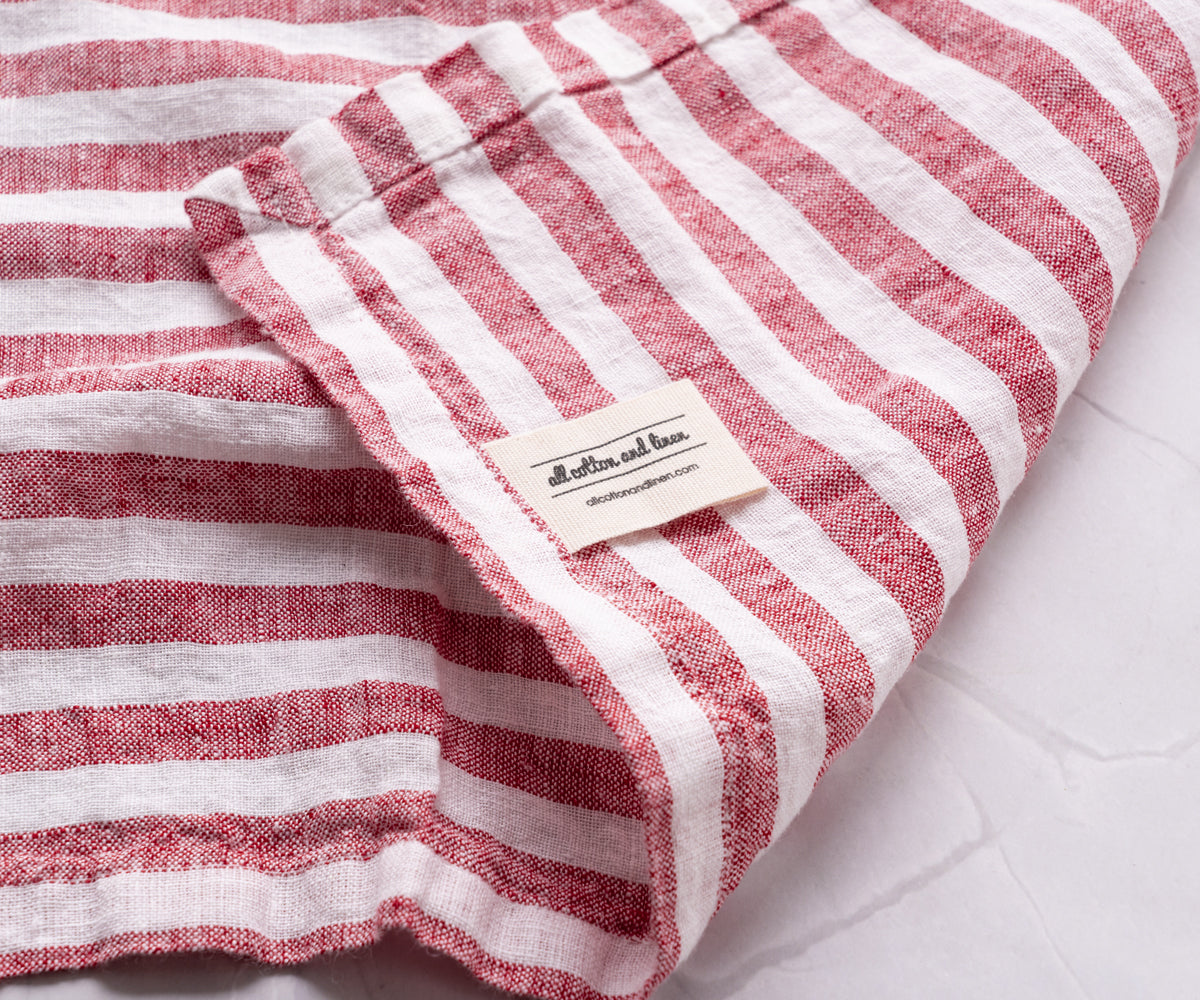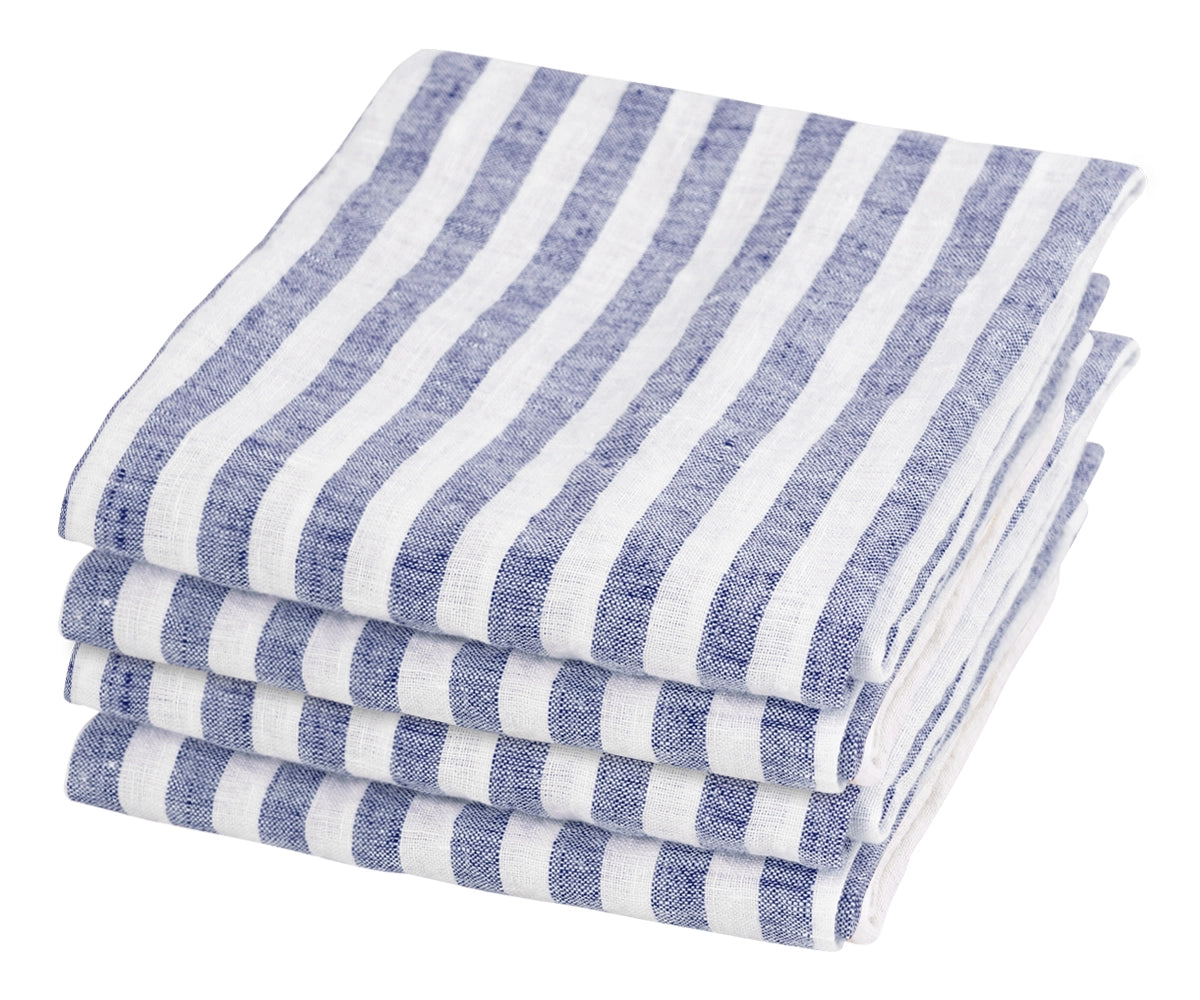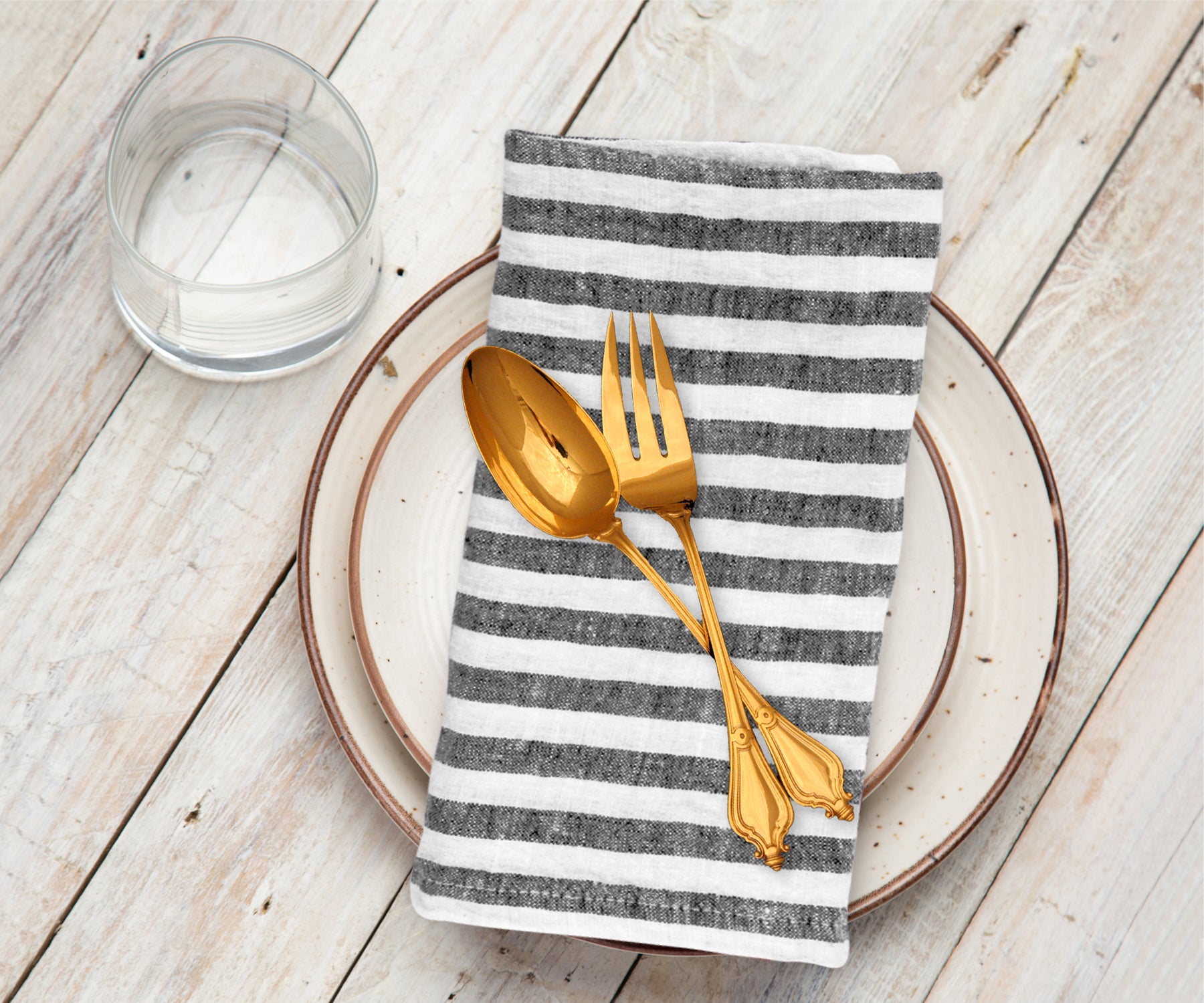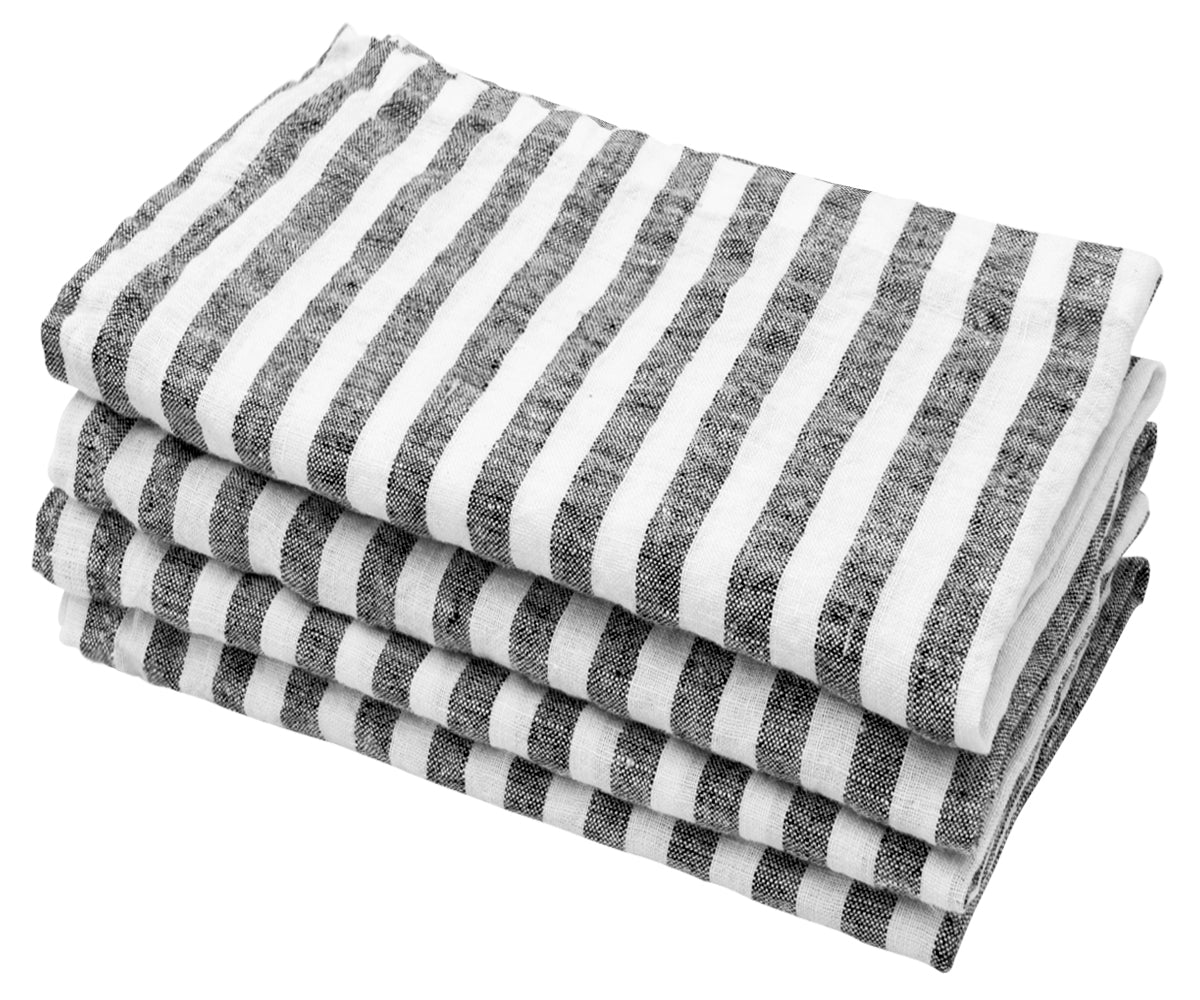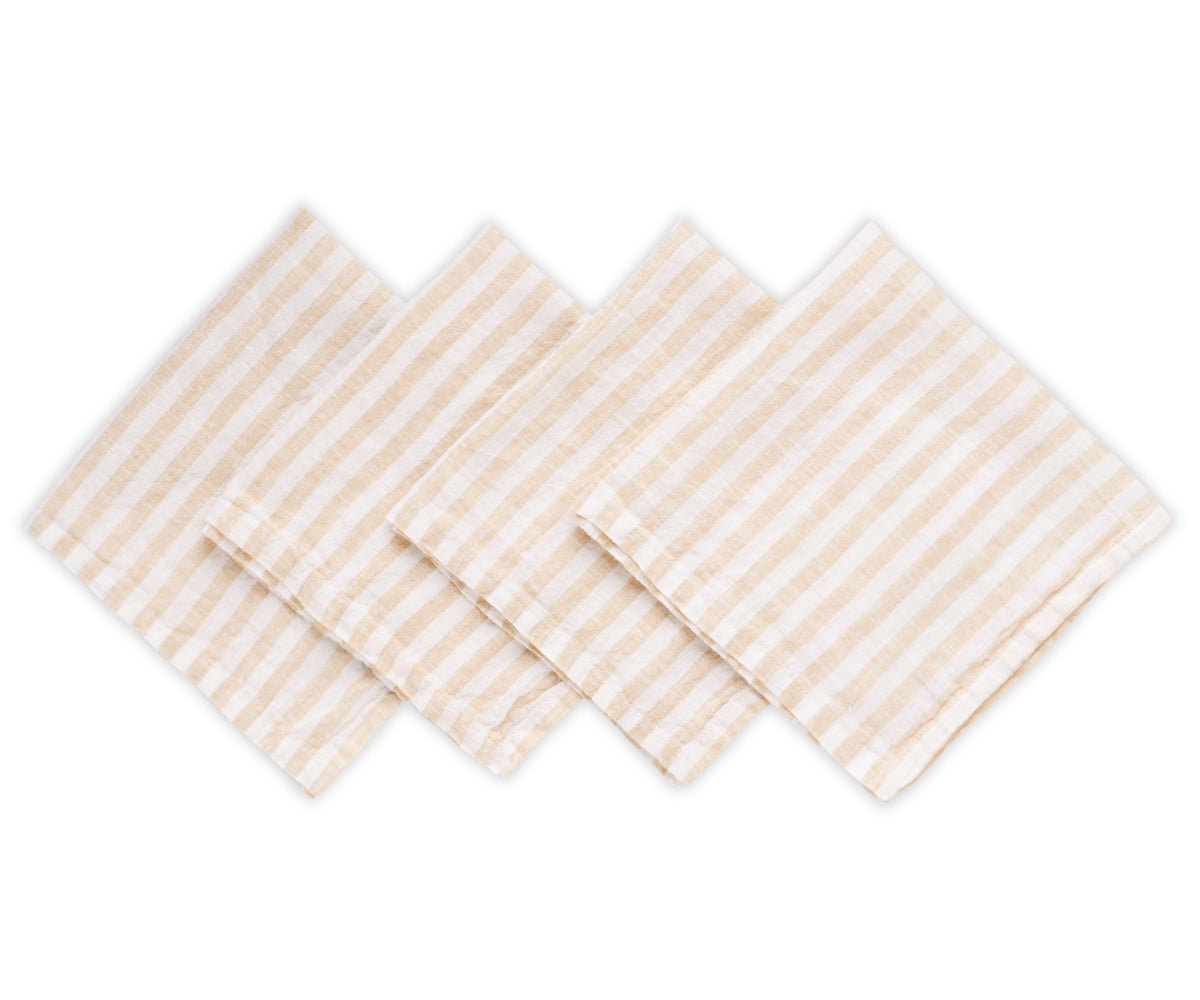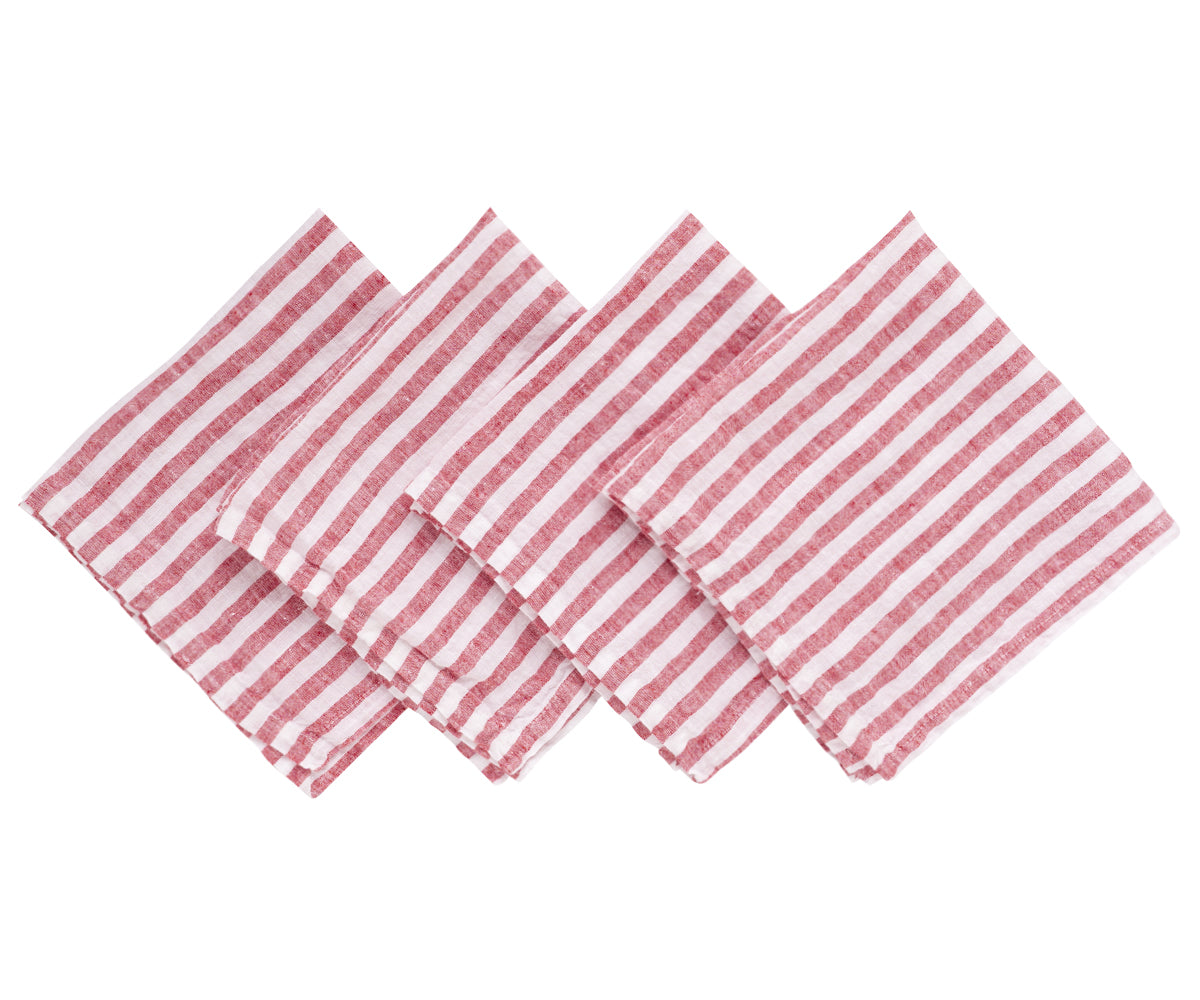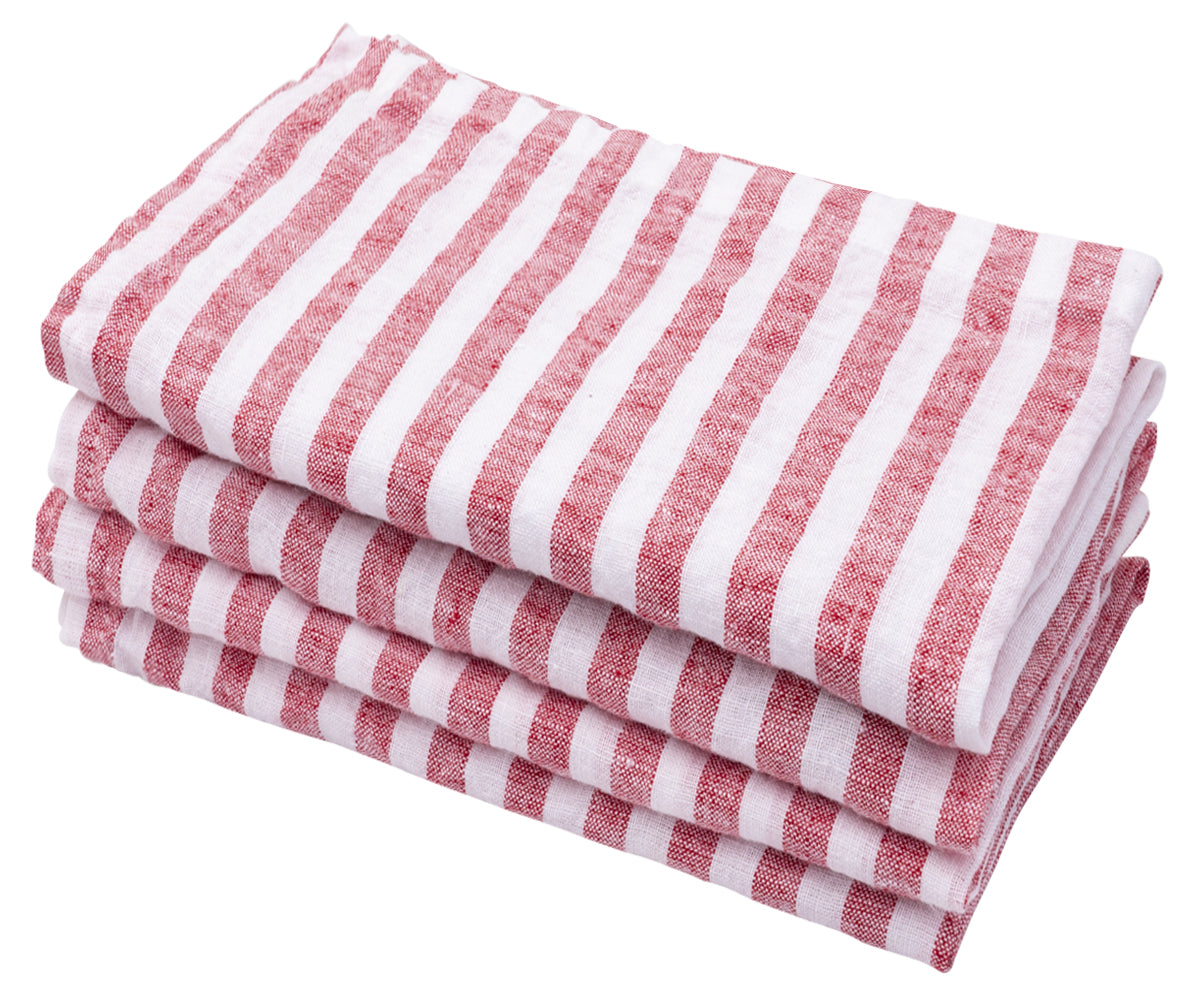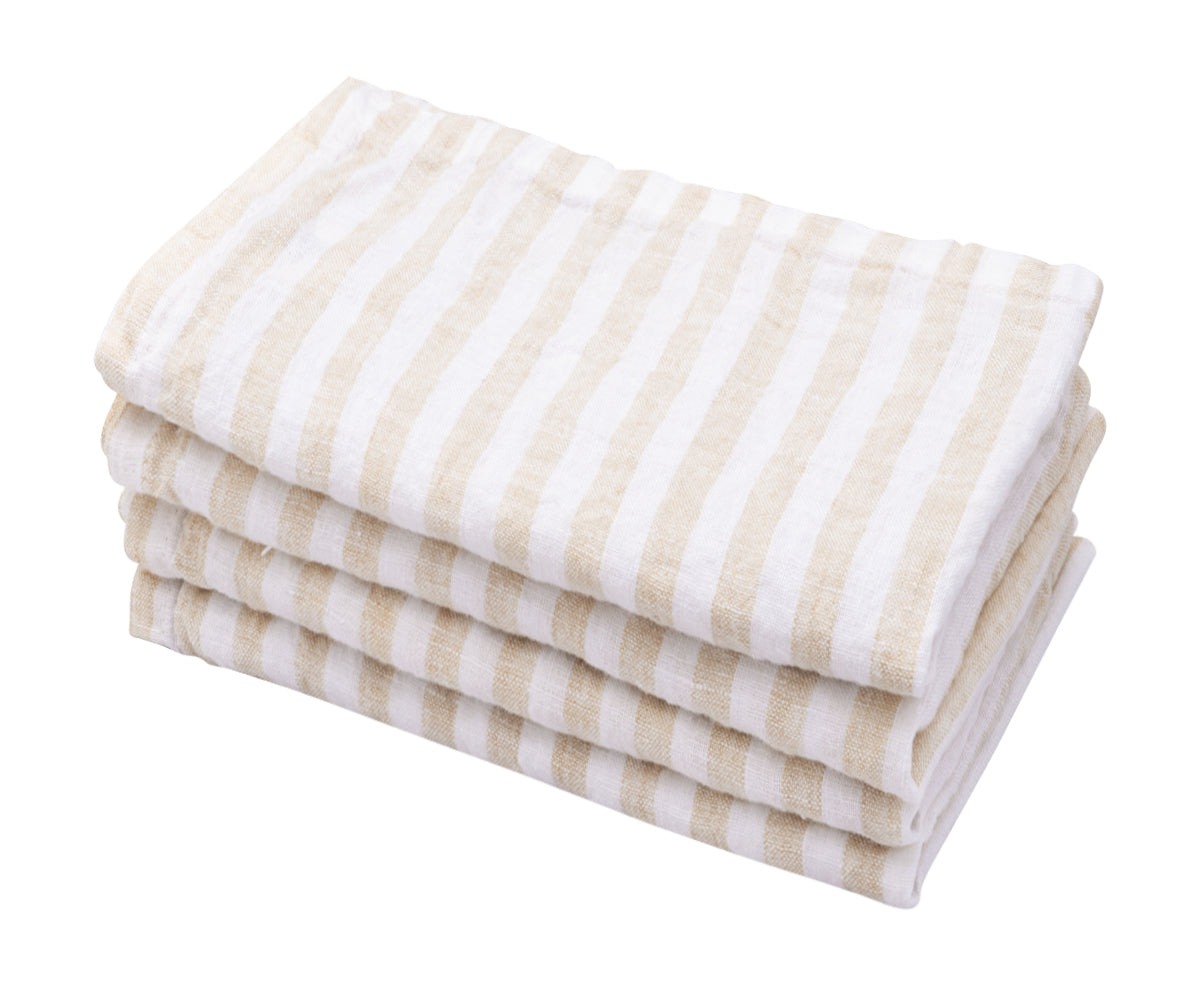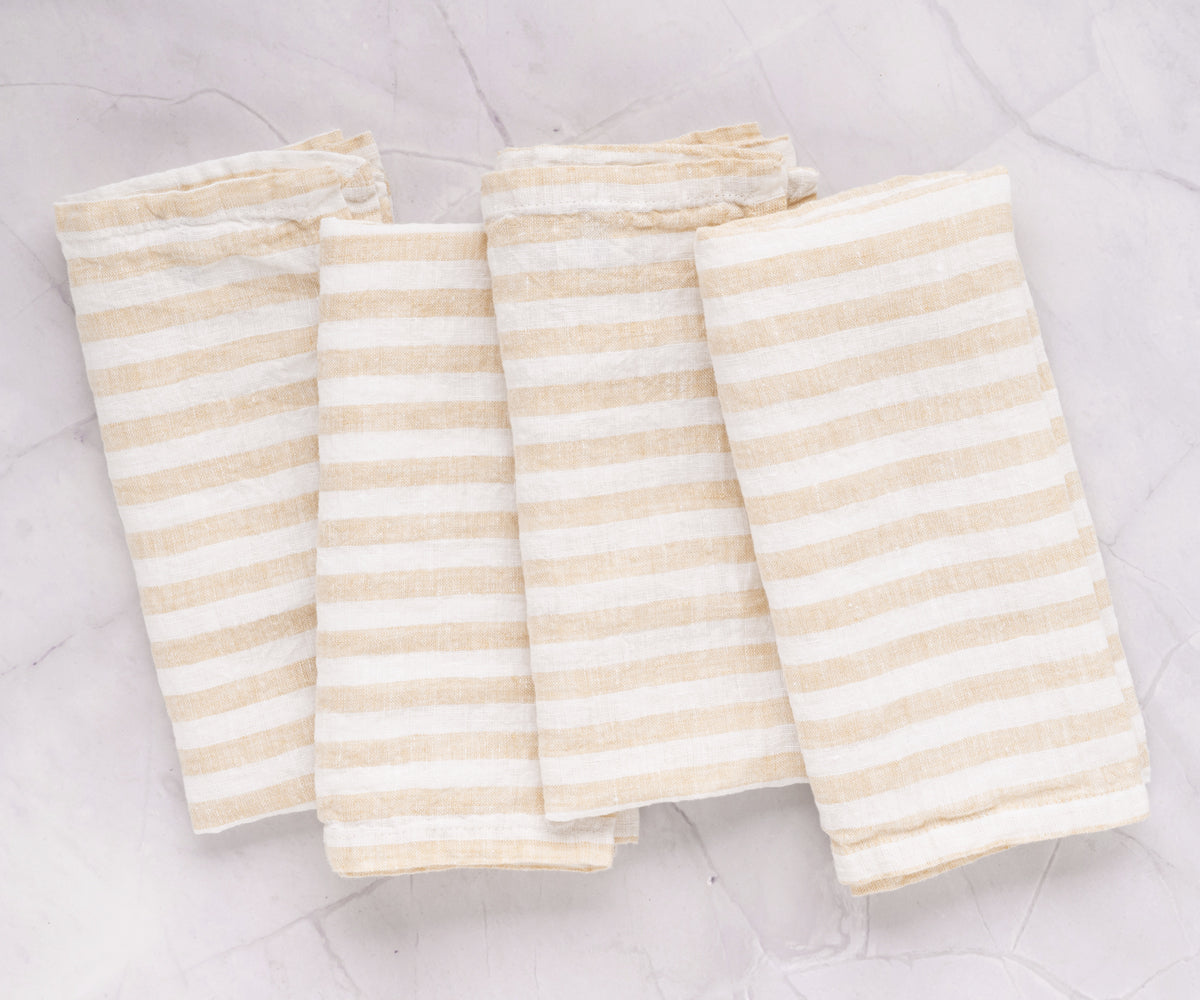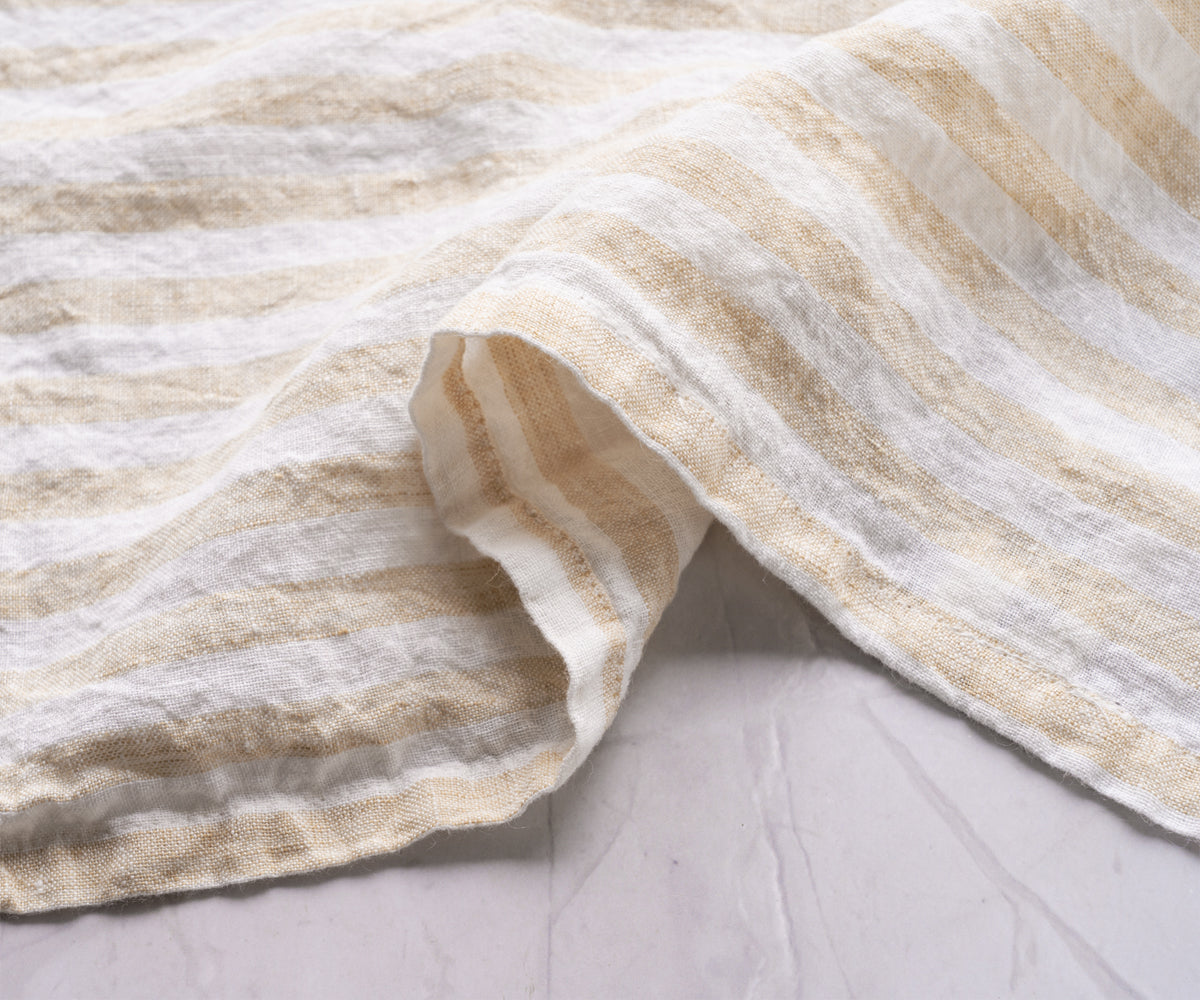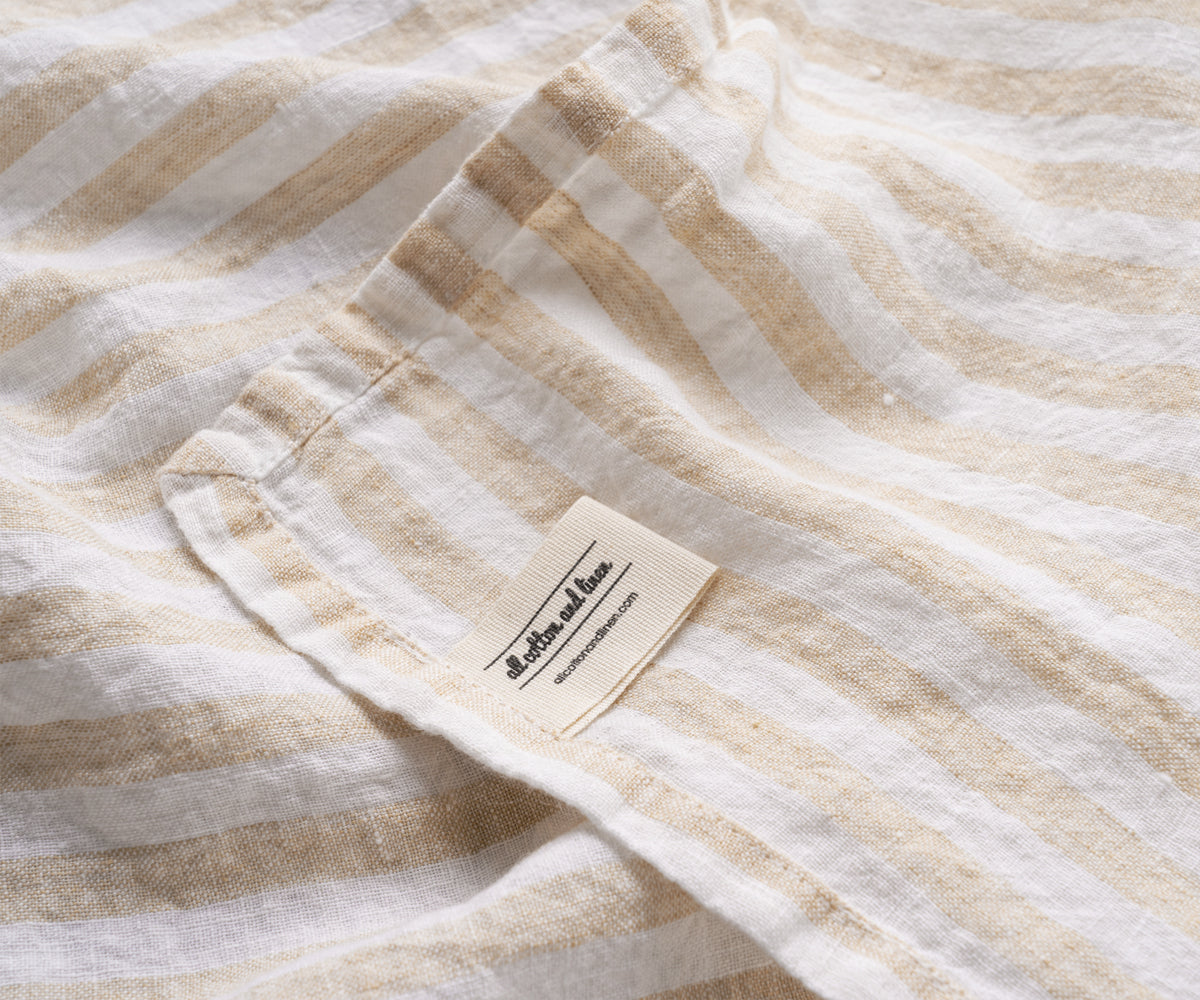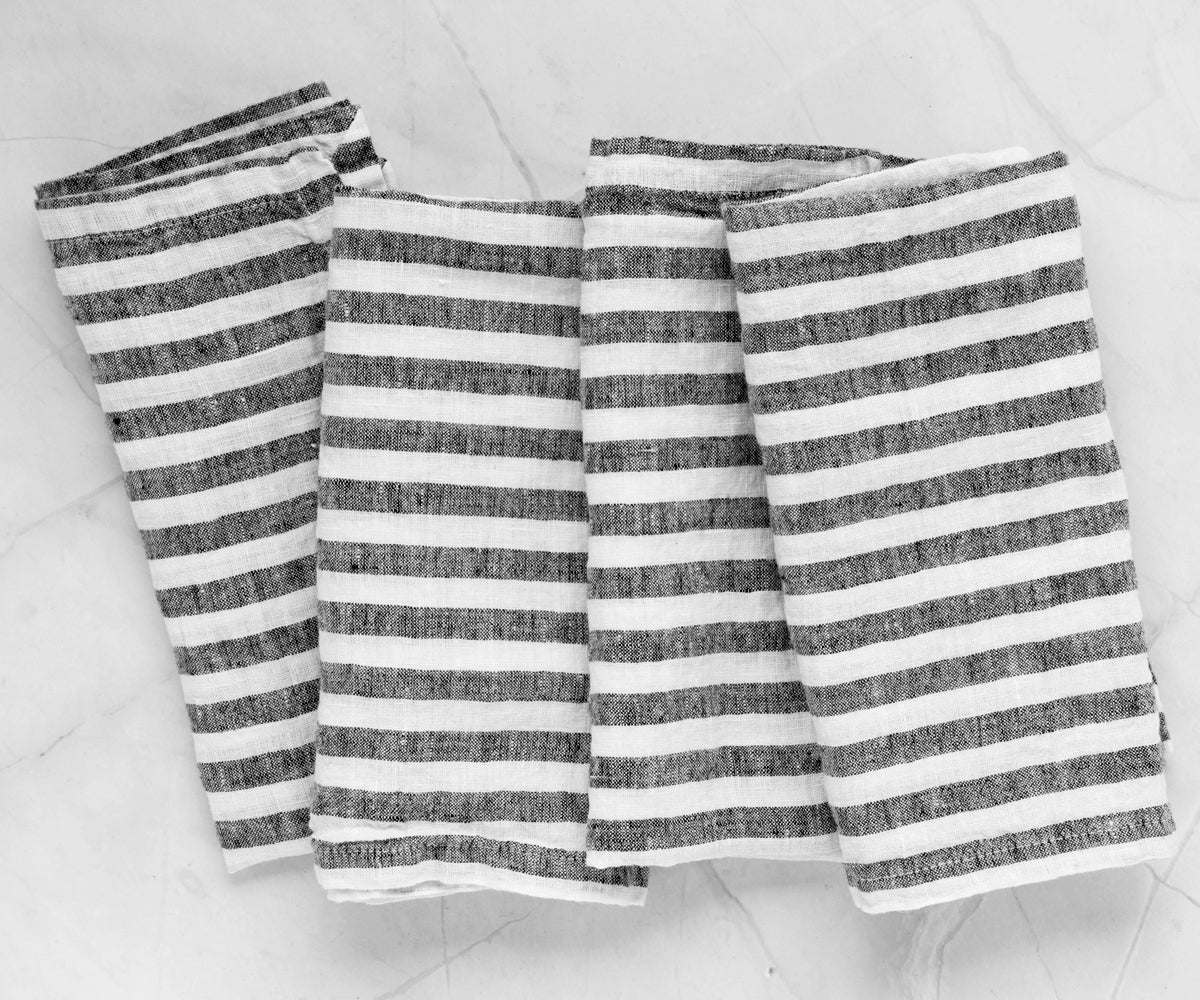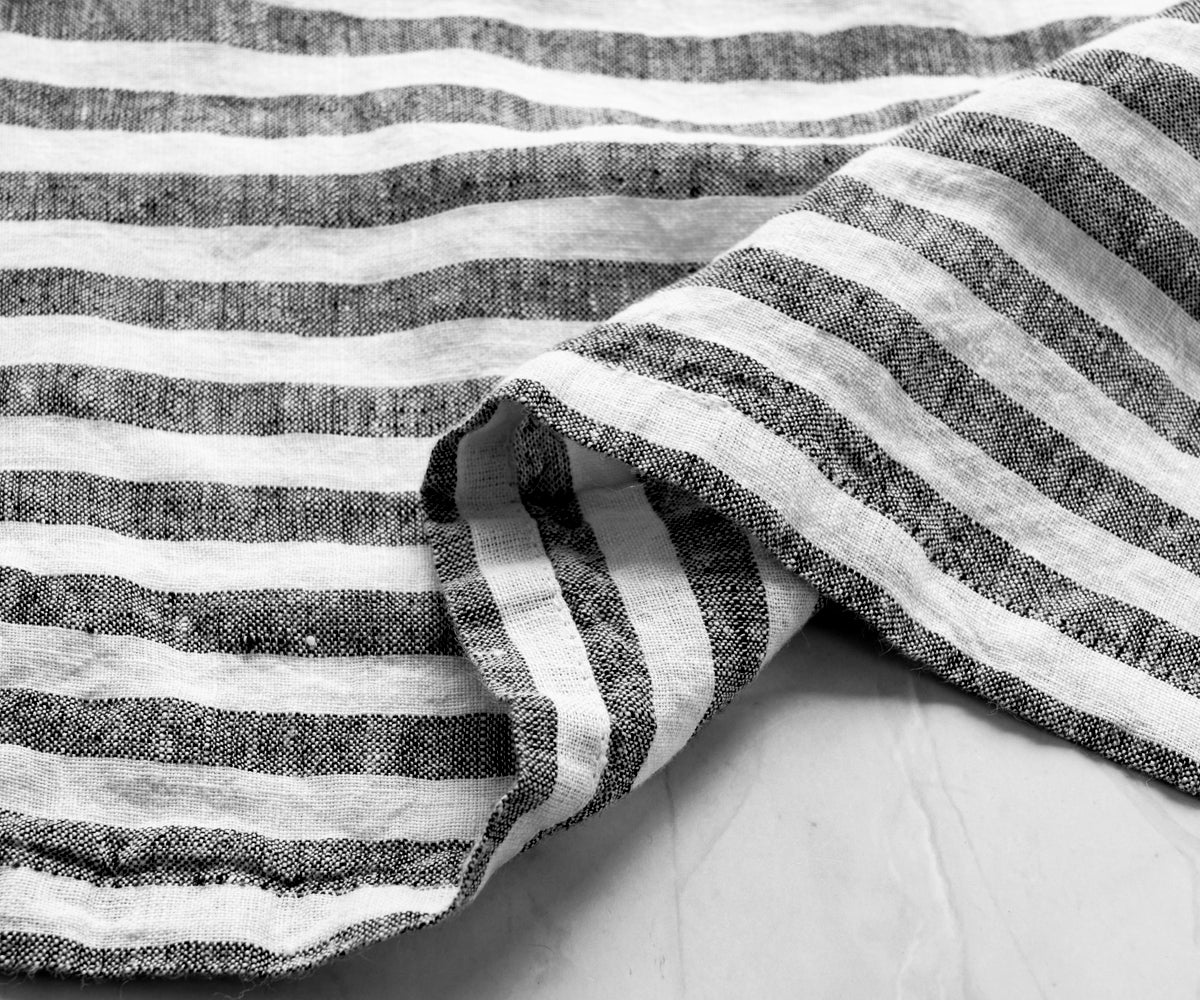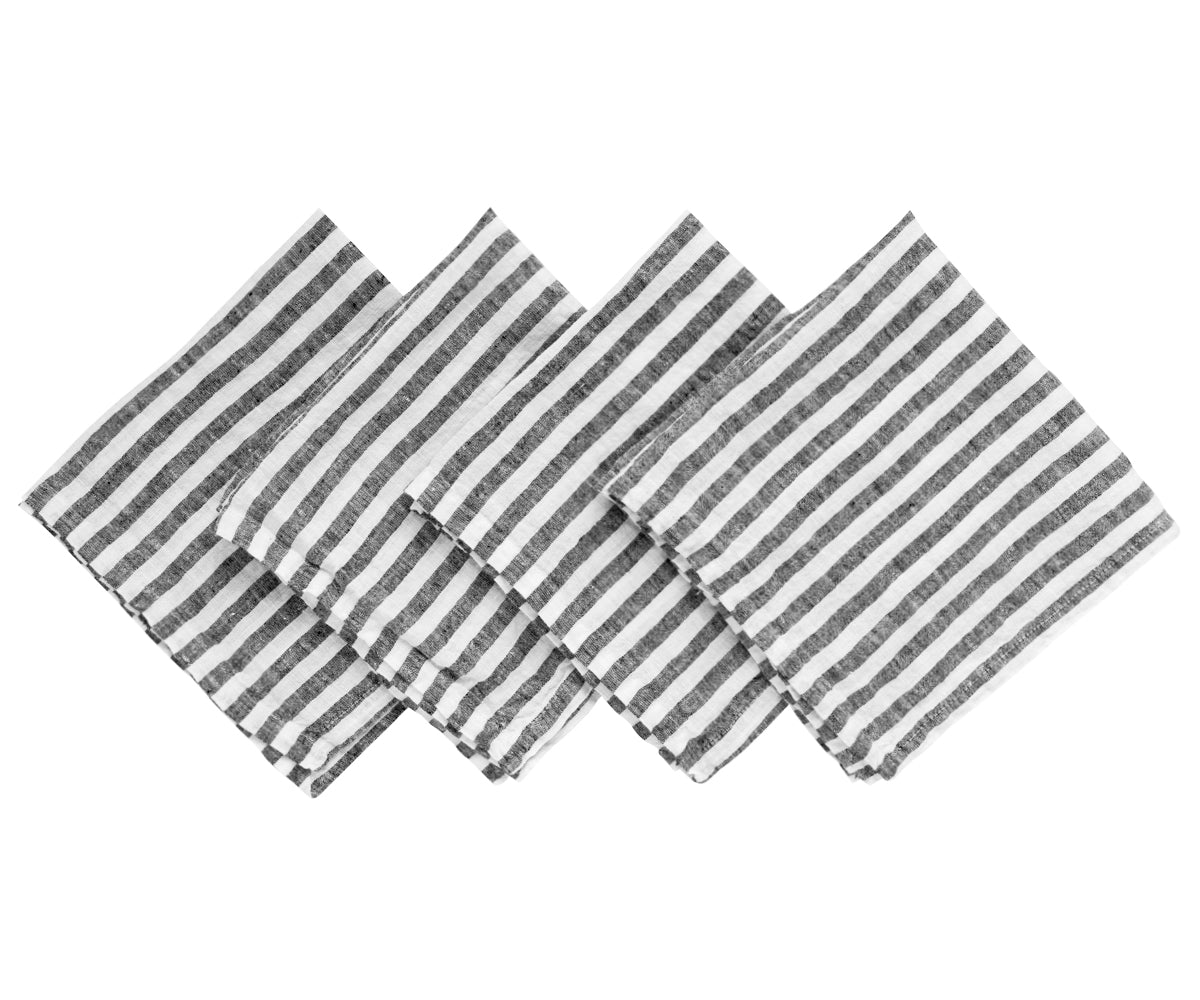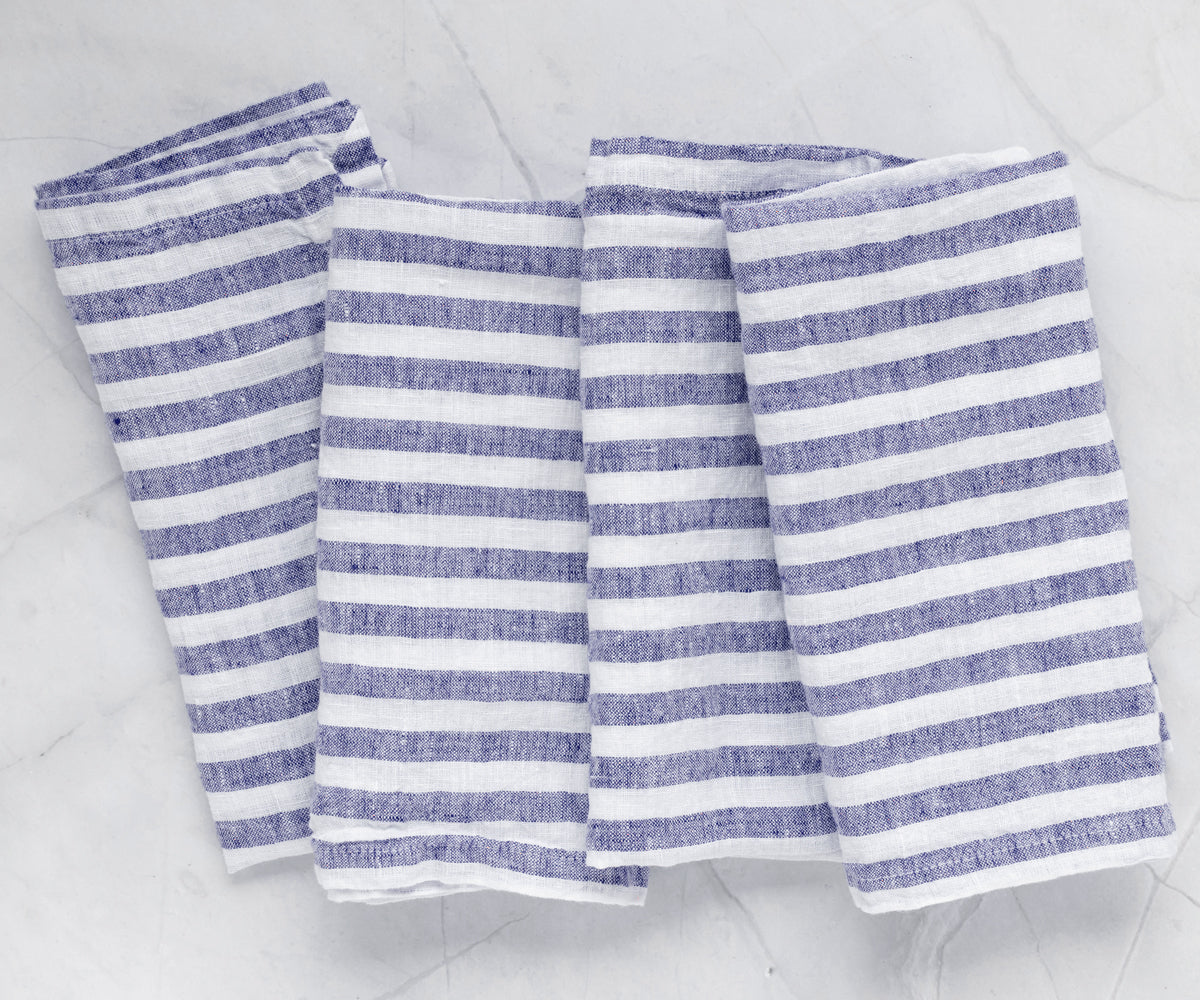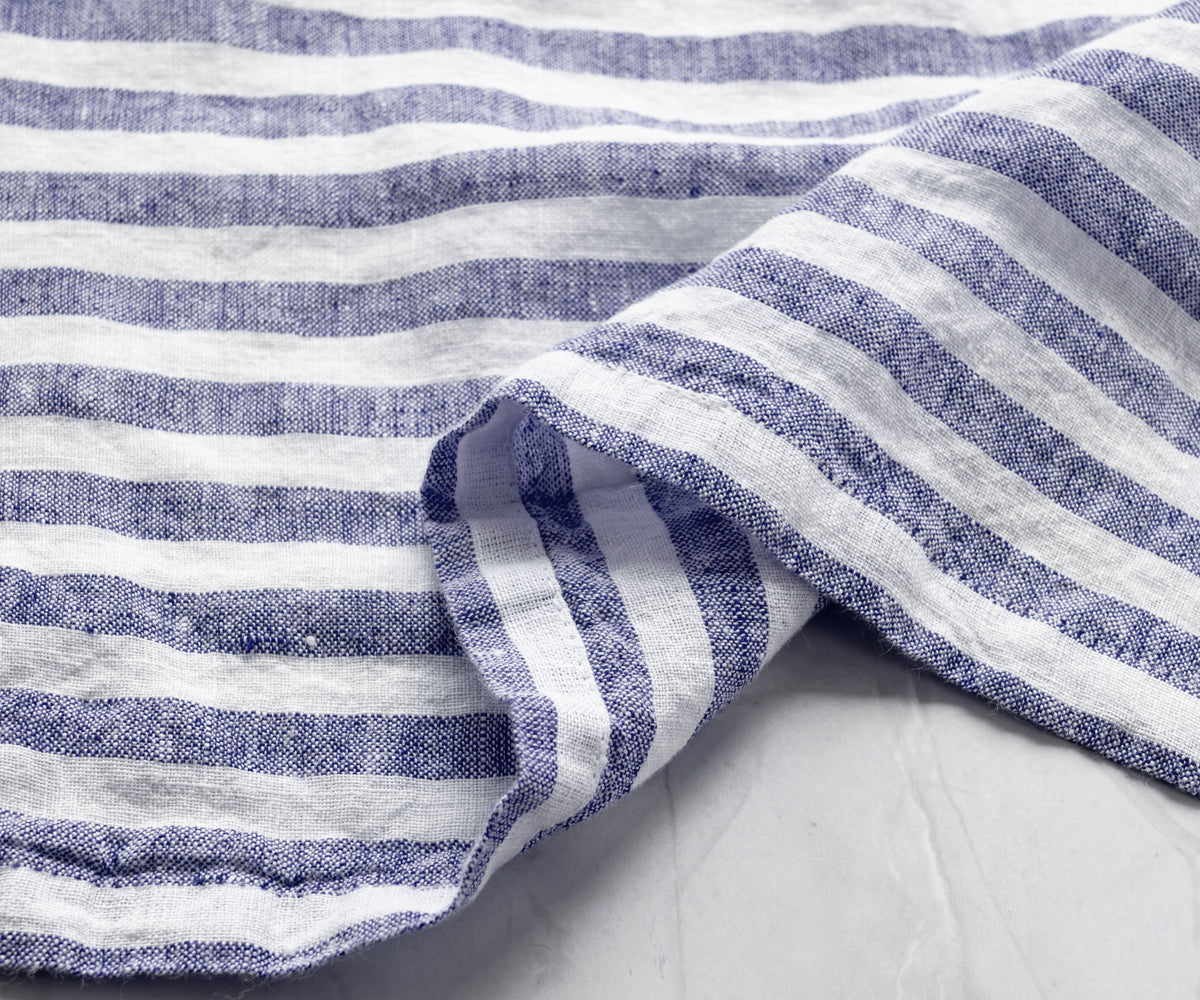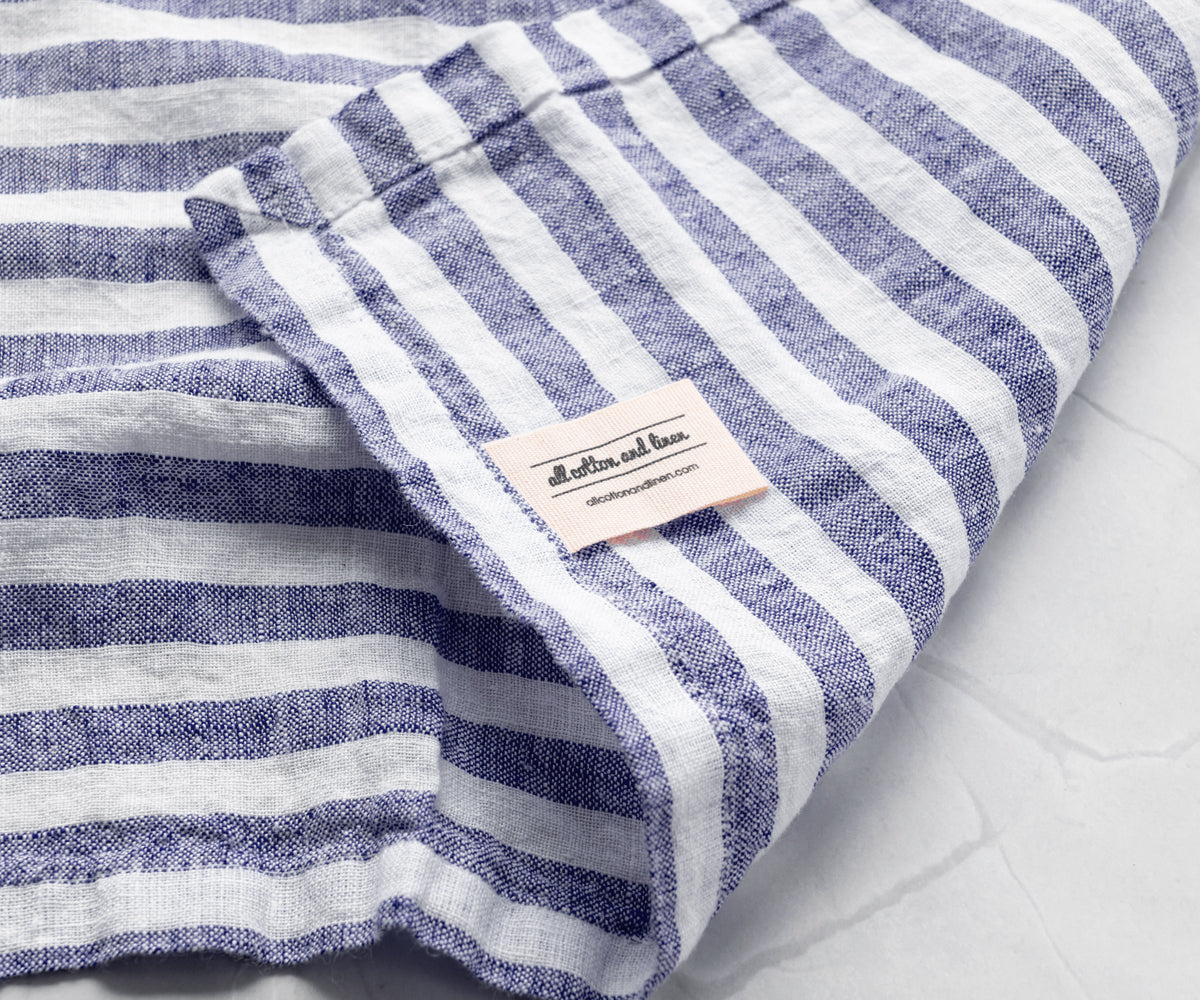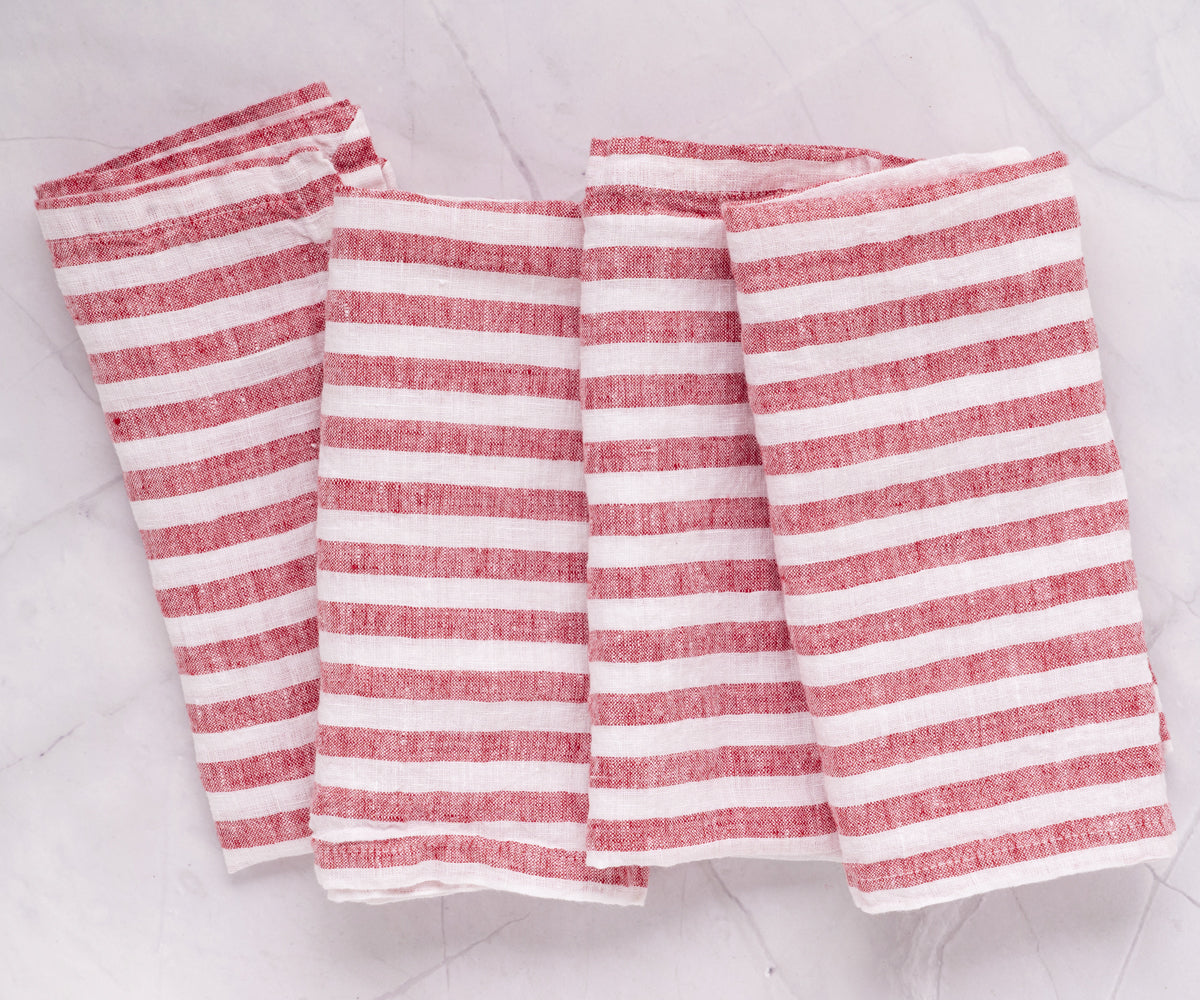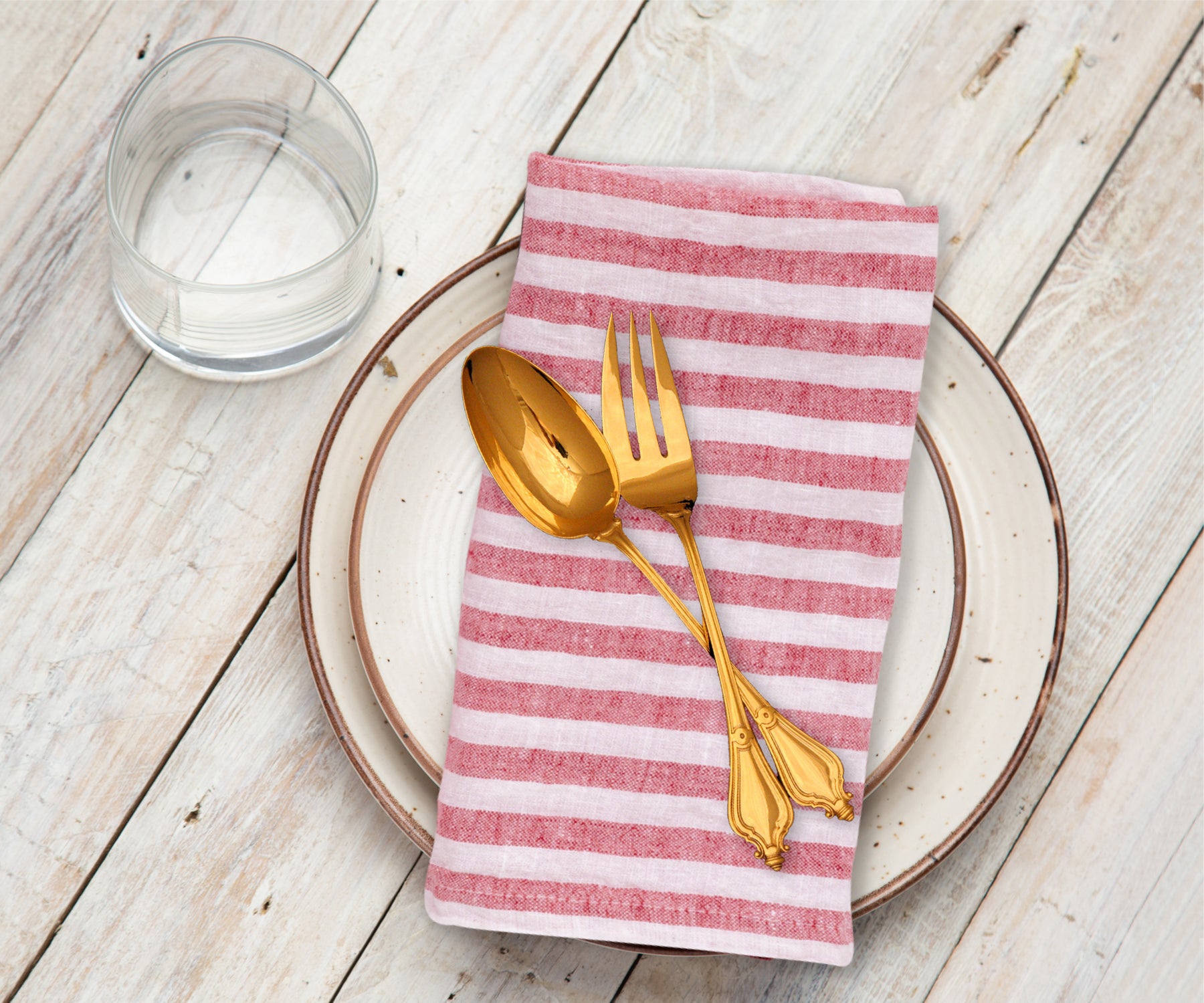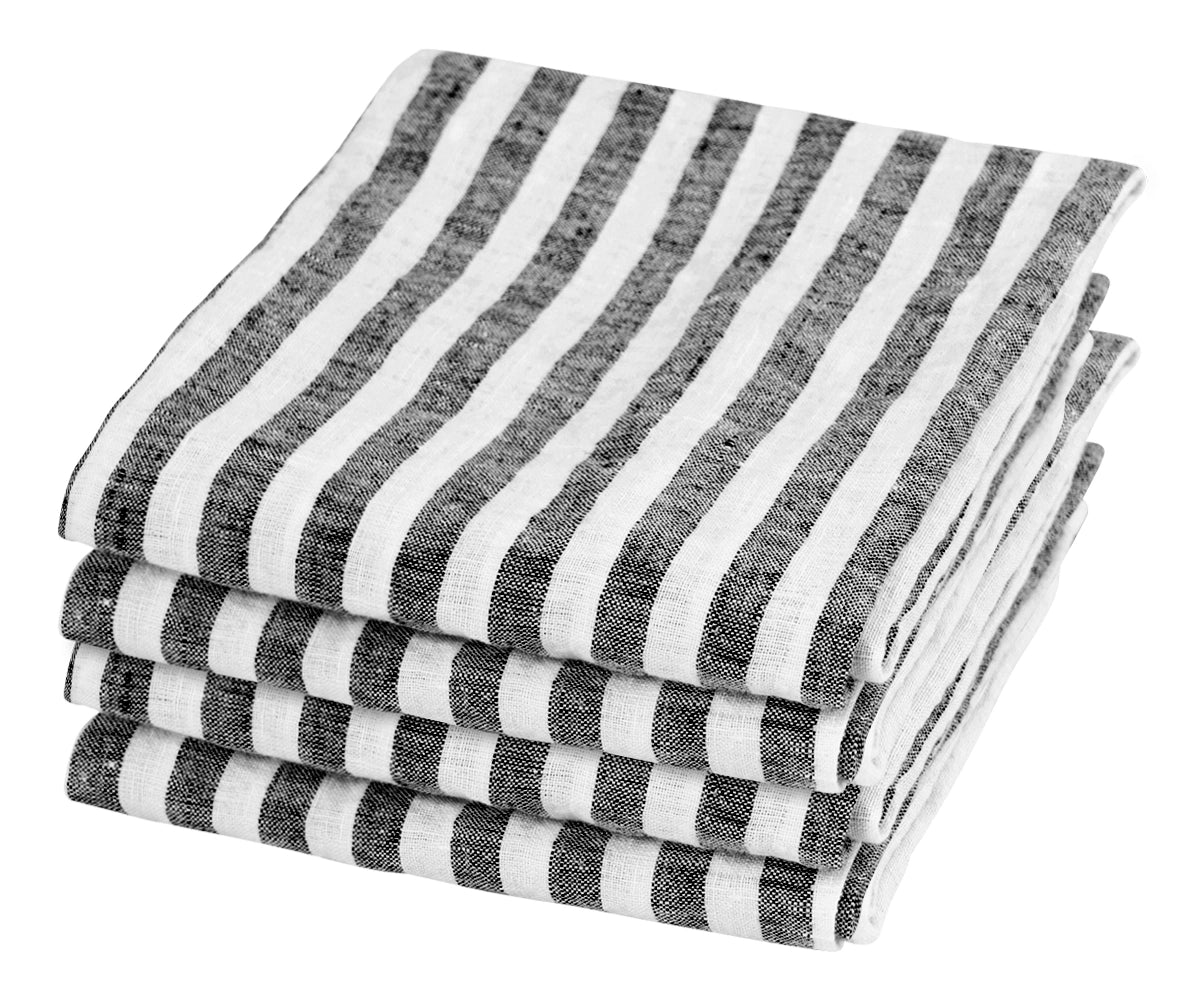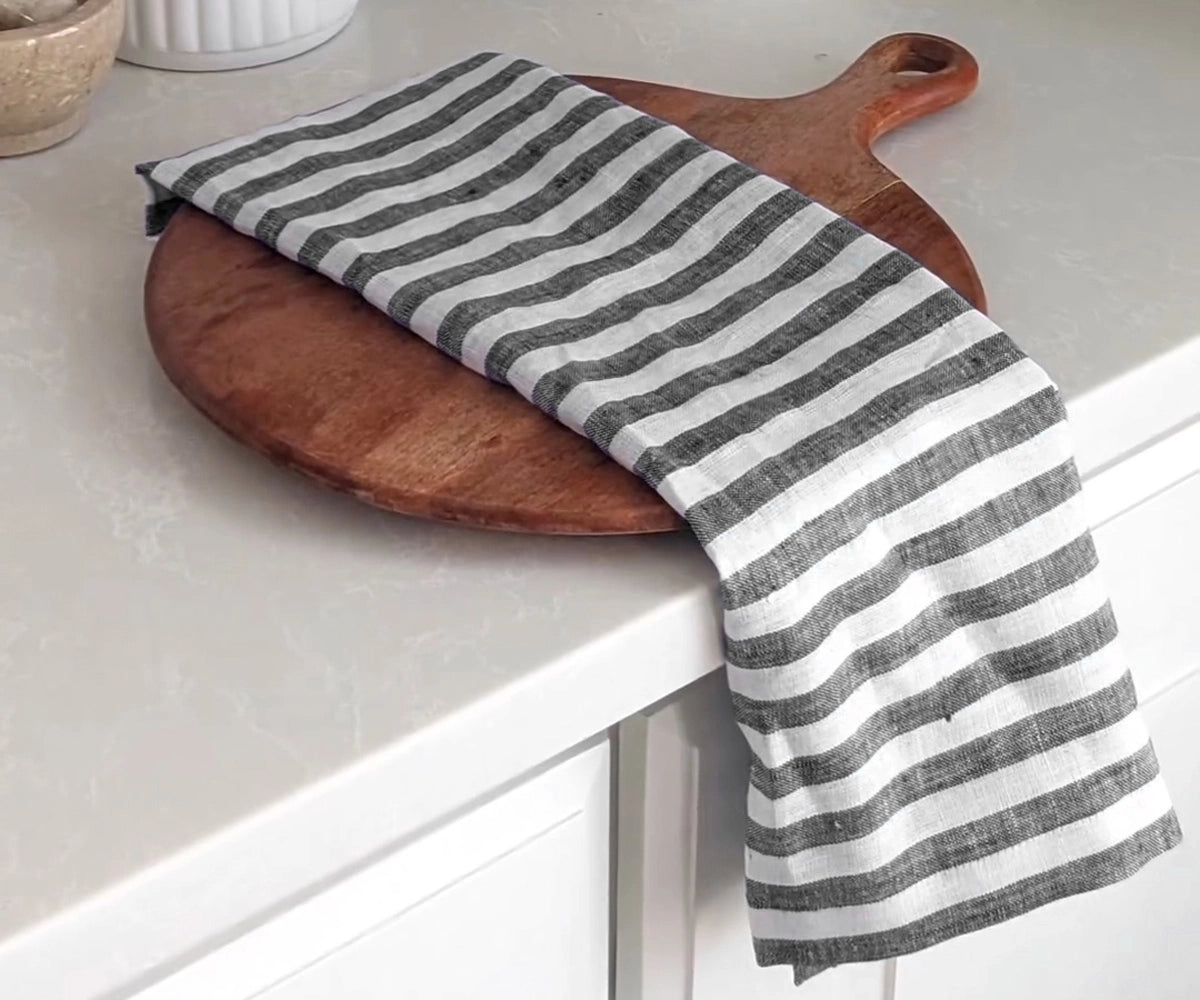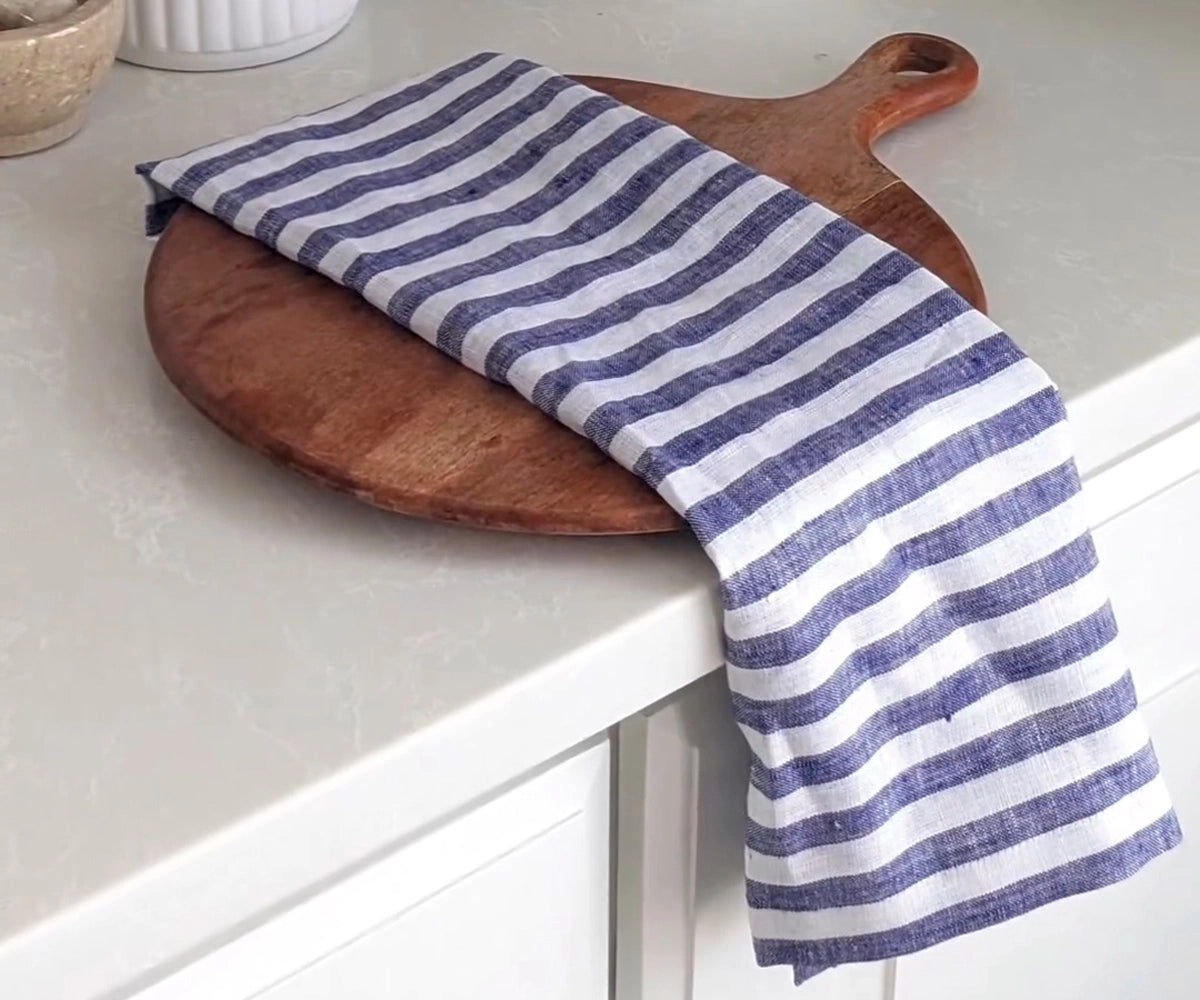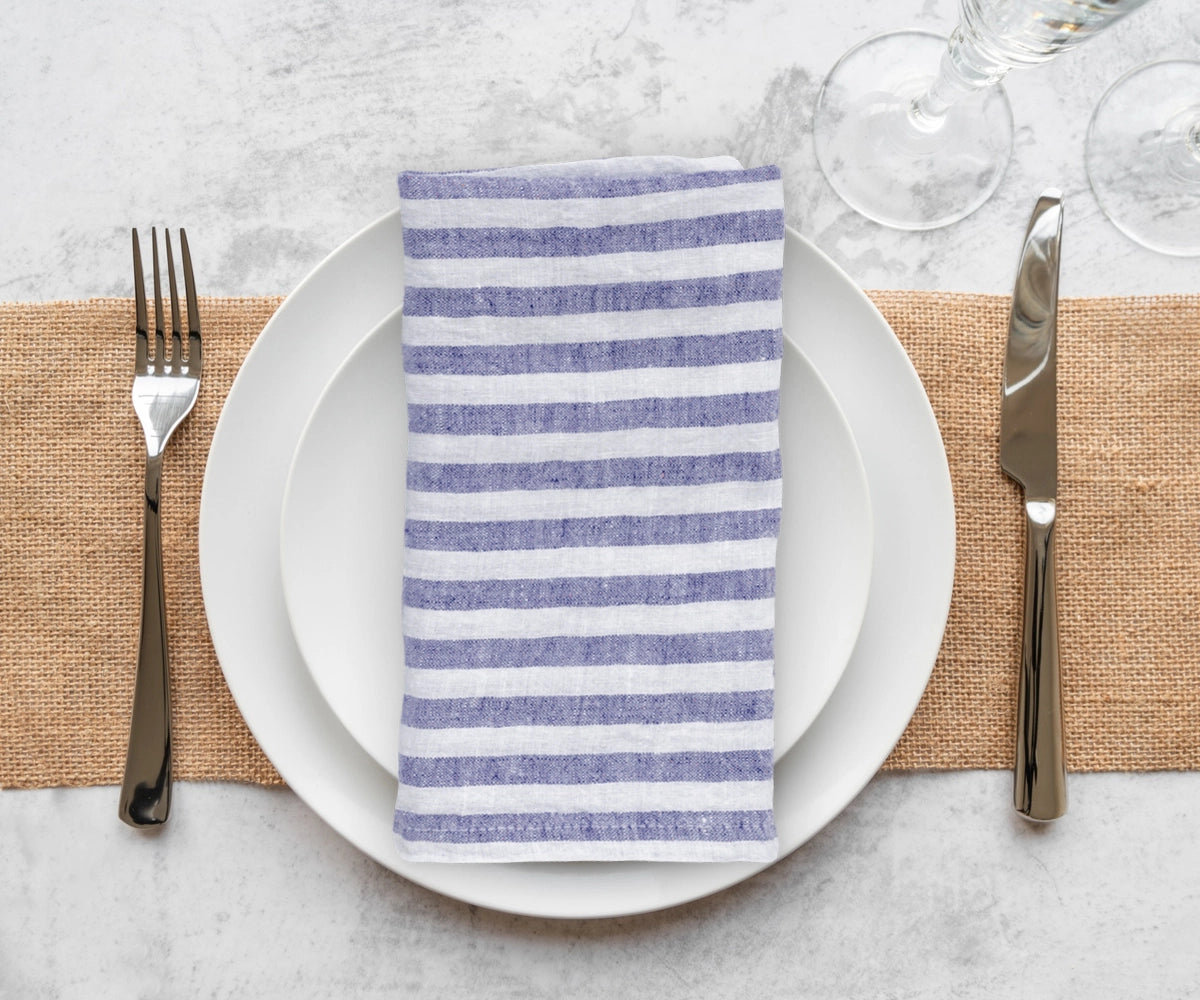Why Go for Low Waste Yogurt?
Before we dive into the recipe, let's talk about why you should consider making low waste yogurt at home. Store-bought yogurt often comes in plastic containers that are hard to recycle, and the single-use packaging contributes significantly to landfill waste. When you make yogurt at home, you eliminate the need for unnecessary plastic packaging. Plus, homemade yogurt has fewer preservatives and additives, so it's a win-win for your health and the planet.
Ingredients You’ll Need
Making low waste yogurt only requires two ingredients: milk and a yogurt starter. You can use any type of milk—whether it’s cow’s milk, goat’s milk, or a plant-based alternative like almond or oat milk. Just make sure it’s organic if possible, as this further supports sustainable farming practices.

- Milk (choose organic for a more sustainable option)
- Yogurt starter (this can be a few tablespoons of store-bought plain yogurt with live cultures)
Also Read: What are some Halloween decorations that can add pops of color to my home decor?
Step-by-Step Guide to Making Low Waste Yogurt
1. Heat the Milk
Pour your milk into a pot and heat it over medium heat. Stir occasionally to prevent it from sticking to the bottom. The milk should reach about 180°F (82°C), which helps denature the proteins in the milk, giving your yogurt a smooth texture. You don’t need a fancy thermometer for this; just heat the milk until it starts to steam.
2. Cool the Milk
After heating the milk, let it cool to around 110°F (43°C). This is the perfect temperature for the live cultures in the yogurt starter to do their job. If the milk is too hot, it can kill the cultures, and if it’s too cold, the yogurt won’t set properly.
3. Add the Starter
Once your milk has cooled, stir in the yogurt starter. Make sure it’s evenly distributed throughout the milk. Use a whisk if necessary to avoid clumps. This is where the magic happens—the live cultures in the starter will ferment the milk and turn it into yogurt.
4. Let It Sit
Transfer the mixture to a container (glass jars work best if you're going low waste) and let it sit in a warm spot for about 6-8 hours. You can use a yogurt maker, or if you're going low-tech, just wrap the container in a towel and place it in your oven with the light on. The warmth will help the cultures ferment the milk.
5. Chill and Enjoy
After 6-8 hours, your yogurt should have thickened. Place it in the fridge for a few hours to cool down, and then it’s ready to eat! You can enjoy it plain, or add fresh fruits, honey, or granola for extra flavor.
Read More: Holiday Party Etiquette: Do's & Don'ts for Holidays 2024 as a Host
Tips for Storing Low Waste Yogurt
Once you’ve made your yogurt, it’s important to store it in a way that minimizes waste. Here are some eco-friendly storage tips:

- Use glass jars: Glass is a great, reusable option for storing your homemade yogurt. It’s also much better for the environment compared to plastic.
- Avoid plastic wrap: If you need to cover your yogurt, consider using beeswax wraps or silicone covers instead of plastic wrap.
- Buy in bulk: When purchasing ingredients like milk, try to buy in larger quantities to reduce packaging waste.
Creative Ways to Use Leftover Yogurt
One of the best things about yogurt is its versatility. Here are a few ideas to help you use up every last bit, ensuring that nothing goes to waste:

1. Smoothies
Yogurt is a fantastic base for smoothies. Blend it with fruits, spinach, and a bit of honey for a nutrient-packed breakfast or snack. This is a great way to use up any yogurt that’s about to expire.
2. Baking
You can substitute yogurt for butter or oil in many baking recipes. Try adding yogurt to muffins, cakes, or pancakes for a moist texture and a little extra protein.
3. Salad Dressing
Mix yogurt with olive oil, lemon juice, and herbs to make a creamy, tangy salad dressing. It’s a healthier and less processed alternative to store-bought dressings.
4. Marinades
Yogurt makes an excellent marinade for chicken or tofu. The acidity helps tenderize the meat, while the live cultures add flavor.
Reduce Waste Even Further with Sustainable Kitchen Practices
Making your own yogurt is a great step toward a low-waste kitchen, but there are other ways to cut down on waste too. Here are some tips:
- Use reusable kitchen towels: Instead of paper towels, switch to reusable, eco-friendly kitchen towels. At All Cotton and Linen, you can find a variety of sustainable options like kitchen towels, table linens, and cloth napkins. These are not only great for cleaning but also reduce your dependence on single-use products.
- Shop with reusable grocery bags: When buying your yogurt-making ingredients, take along a sustainable grocery bag to reduce plastic bag waste. It's a small change that can make a big difference.
Read Related: How to Create DIY Outdoor Halloween Decorations & DIY Outdoor Furniture Ideas
Buying Organic and Local
When sourcing your ingredients, consider going local. Local farms often use more sustainable practices and require less packaging for their products. Not only does this reduce waste, but it also supports small, eco-conscious businesses in your area. Organic ingredients, like milk, often come in less packaging and are free from harmful chemicals that can affect the environment.
The Impact of Homemade Yogurt
By making low waste yogurt at home, you're doing more than just cutting down on plastic waste. You're also reducing the carbon footprint associated with transporting and packaging store-bought yogurt. Plus, you're gaining control over the ingredients, making it easier to stick to a clean and healthy diet.
Small Changes, Big Impact
Making your own yogurt is a small change, but it has a significant impact on the environment. From reducing plastic waste to supporting sustainable agriculture, every little bit helps. Plus, once you get the hang of it, making low waste yogurt will become a routine part of your sustainable lifestyle.
For more ways to add sustainability to the kitchen, check out the eco-friendly products at All Cotton and Linen. You’ll find everything from cloth napkins to tablecloths that not only look great but also help you lead a more sustainable life.
By choosing to make these small changes, you’re taking a big step toward reducing your environmental impact—one yogurt jar at a time!








